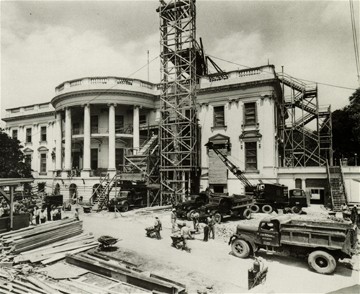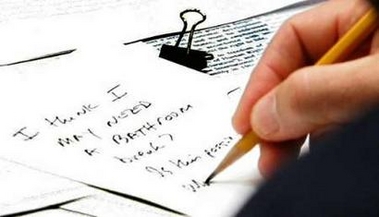Tombstone, Arizona, now a sleepy retirement community of 1,500 trying to milk its history, was a silver boom town of 10,000 in the early 1880s. Lawlessness was rampant — so much so that martial law was threatened by President Arthur in 1882.
Among the early residents were the Earp brothers, James, Virgil, Wyatt, Morgan, and Warren (ages 40 to 25 respectively in 1881). The Earps were, more or less, itinerant lawmen, politicians, security guards, and gamblers. By 1881, Virgil and Wyatt were established in Tombstone, seeking political office and running gaming tables. When the town marshal disappeared, Virgil Earp was appointed to the job.
The Clantons — father N.H. “Old Man,” and sons Ike, Phin, and Billy — were part of the town rowdy cowboy crowd, probably rustling cattle from Mexico and generally being unsavory, at least as far the the establishment was concerned. They were also Southern Democrats. The Earps were Union men (James had been seriously wounded in the war).
The bad blood between the two families seems to have grown out of finger pointing between them. The Earps would accuse the Clantons of some nefarious activity and the Clantons would point right back — and, of course, both were basically telling the truth. Wyatt, intent on a big splash to assure his election as sheriff, negotiated with Ike to reveal the identities of the Contention stage coach robbers and killers so he, Earp, could capture them. The negotiations fell through, but knowledge of them became public, making Ike look like the turncoat he was. He blamed Wyatt.
On October 26, 1881, Virgil Earp arrested Ike Clanton, who had been making threats since the previous evening. As Virgil hauled Clanton to the courthouse, Wyatt ran into a friend of Clanton’s, Tom McLaury. They had a heated exchange that ended when Wyatt hit McLaury over the head with a pistol. After this, Ike and Tom, joined by their brothers Billy and Frank respectively, considered their options, including leaving town. Billy Claiborne joined them. Virgil Earp, the town marshal, enlisted Wyatt, Morgan, and their friend Doc Holliday to help arrest the Clantons and McLaurys.
They met in a vacant on Fremont Street near the O.K. Corral livery stable. Thirty shots were fired in about 30 seconds. Billy Clanton and the McLaury brothers were killed. Virgil and Morgan Earp were wounded. The two prime antagonists, Ike Clanton and Wyatt Earp, were unhurt, as was Claiborne. The Earps were accused of murder, but a justice of the peace found they had acted as officers of the law.
The gunfight was the end of the Earps political plans in Tombstone. Virgil lost his post as town marshal. Family and friends of the Clantons began a vendetta, seriously wounding Virgil in December and killing Morgan in March 1882. Wyatt killed a deputy sheriff and another man suspected of being involved in Morgan’s shooting.
Virgil and Wyatt took their skills and ambitions to California, Colorado, and Alaska. Warren Earp was killed in Wilcox, Arizona, in a gunfight that might have been fallout from the O.K. Corral. Virgil died of pnuemonia in 1906. Wyatt Earp died in 1929. He was 80.



